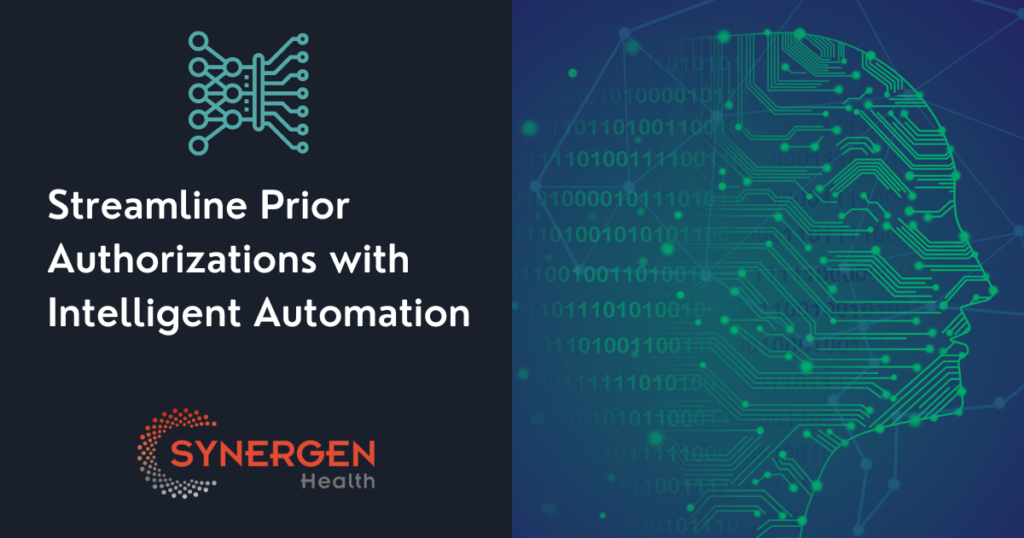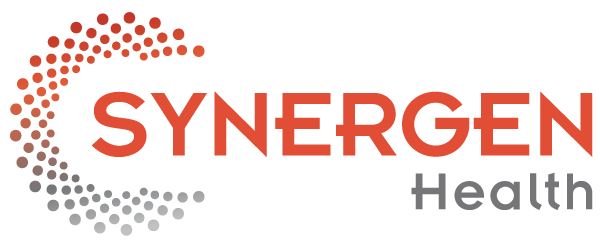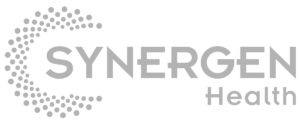 Whether providers like it or not, insurance payers are expanding the use of prior authorizations (PAs) to control their costs. PA is the approval process from a payer that determines whether the patient’s health insurance will cover a prescription or procedure. MGMA polls predating the pandemic showed a year-over-year increase in prior authorization requirements from 2016-2019 – and the trend has not eased up since the pandemic began. A 2022 MGMA poll revealed 98% of practices reported payer PA requirements either stayed the same or increased over the past 12 months.
Whether providers like it or not, insurance payers are expanding the use of prior authorizations (PAs) to control their costs. PA is the approval process from a payer that determines whether the patient’s health insurance will cover a prescription or procedure. MGMA polls predating the pandemic showed a year-over-year increase in prior authorization requirements from 2016-2019 – and the trend has not eased up since the pandemic began. A 2022 MGMA poll revealed 98% of practices reported payer PA requirements either stayed the same or increased over the past 12 months.
So – what’s the big deal? PAs represent a sizeable portion of administrative burden for healthcare providers and often delay patient care. And to make matters worse, PA struggles have been exacerbated by pandemic staffing woes. More PAs met with fewer administrative staff on deck can lead to bottlenecks that negatively impact both the employee and patient. A 2021 AMA survey found 93% of physicians reported care delays associated with PA, and 82% said the requirements can sometimes cause patients to abandon treatment.
Many providers have antiquated manual processes such as relying on fax and/or via telephone to complete a prior authorization – eliminating the use of dated technologies that are time consuming is the first step. Keep in mind, however, that there is no standardization for how prior authorization requests and responses are delivered. This means providers must deploy a PA strategy that efficiently compiles requisite information on the front end to support maximum efficiency once it’s time to submit the request through the payer’s communication channel.
Here are some tips from SYNERGEN Health to help reduce PA claim denials:
Deploy Robotic Process Automation
RPA bots reduce the amount of monotonous, repetitive tasks that humans historically waist time completing. Bots can collect the required information (patient, diagnosis code, procedure code) enter the specific payer website portal, obtain the PA, and deliver it to the rendering provider and/or pharmacist. Bots work around the clock to secure PAs much quicker and cheaper, giving highly trained talent time back to focus on more complex tasks. In short, cost and time savings will continue to grow.
Ensure Timely PA Approval
The most common hurdles in timely filing of PAs stem from simple errors. To prevent errors, it is essential that all billing and coding staff understand different insurers’ requirements for timely submission. Identifying tasks that are repetitive and automating them may increase the turnaround time. Track your requests and continue following up to avoid delays that occur if information is lost of otherwise not received by payers.
Read the Room
The impact of COVID-19 will continue to burden patient liability, therefore providers that proactively review RCM practices to best reflect today’s economic realities will see the strongest patient engagement. The PA process is not just a pain for providers – it has real consequences for patients seeking care and/or access to medication. By automating PA workflows, providers will see a shift from archaic, disorganized, and wasteful processes to rapid, streamlined PA. This will ultimately improve patient outcomes by allowing the opportunity for patients to collaborate with their physician on a treatment plan – as opposed to hearing from their provider days or weeks later regarding whether their insurer will cover the cost of care.
Contact us today to learn more about how SYNERGEN Health can help your organization reduce the prior authorization burdens on staff and patients through intelligent automation. Visit www.synergenhealth.com/contact to get in touch.

